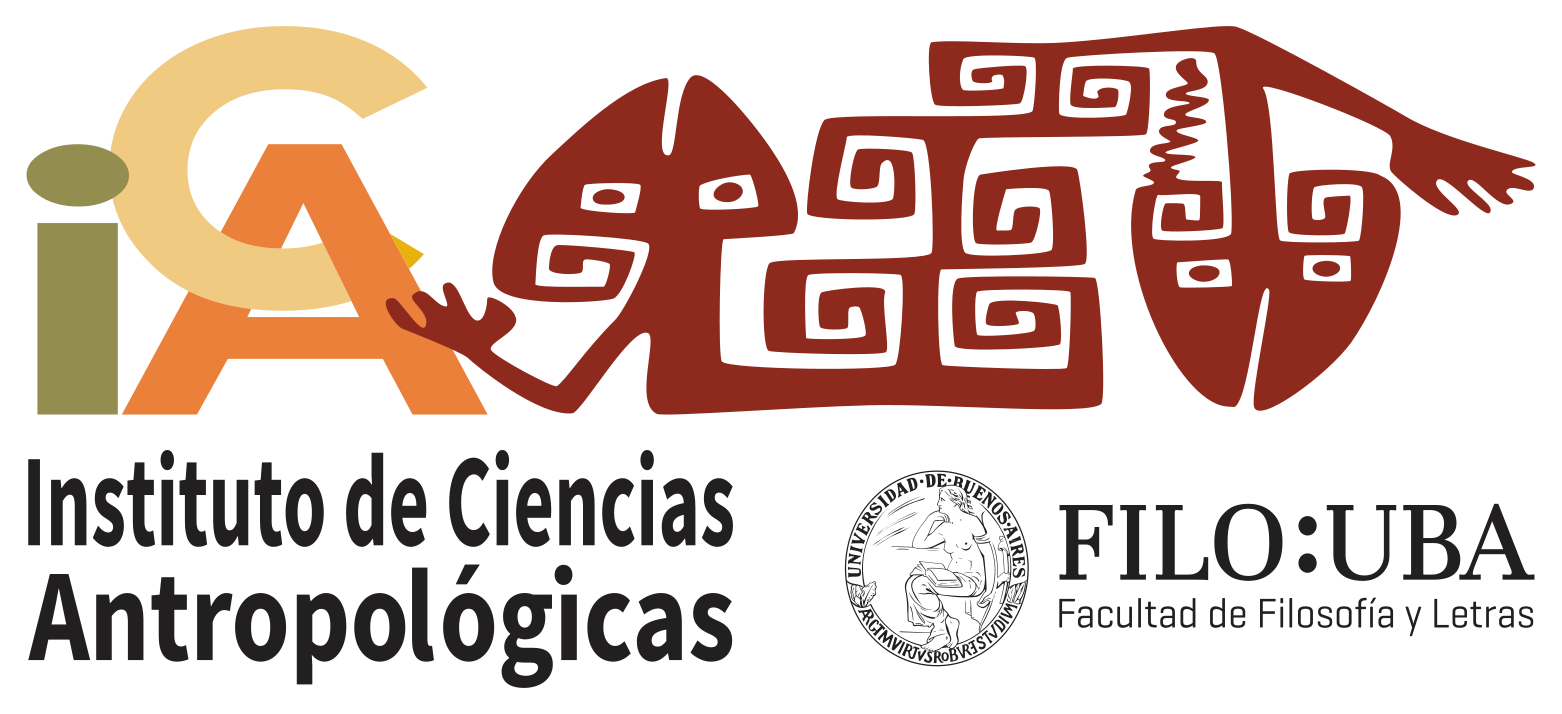The belives on the asphalt. Sacred sites as means of appropriation of the public space in México City
Abstract
This paper explores how residents of México City appropriate public spaces by transforming local places into sacred sites. This sacred quality is achieved by installing crucifixes, altars and niches for virgins and saints. These symbols of folk religion not only adorn public sites, but also offer protection, serve as mnemonic devices and manage spatial liminality -all this in a chaotic city where public spaces are considered to be almost extinct. These elements -- faces, proper names, common religious symbols- mark “anonymous” urban spaces, generating meaning and memory for inhabitants. In this fashion, public spaces become a scenario for projecting personal elements of neighborhood groups.Downloads

Esta obra está bajo una Licencia Creative Commons Atribución 4.0 Internacional
Cuadernos de Antropología Social sostiene su compromiso con las políticas de Acceso Abierto a la información científica, al considerar que tanto las publicaciones científicas como las investigaciones financiadas con fondos públicos deben circular en Internet en forma libre, gratuita y sin restricciones.
Los contenidos y opiniones expresadas en los artículos publicados son de entera responsabilidad de sus autores.
Los autores/as que publiquen en esta revista aceptan las siguientes condiciones:
- Los autores/as conservan los derechos de autor y ceden a la revista el derecho de la primera publicación, bajo la licencia de atribución de Creative Commons, que permite a terceros utilizar lo publicado siempre que mencionen la autoría del trabajo y a la primera publicación en esta revista.
- Los autores/as pueden realizar otros acuerdos contractuales independientes y adicionales para la distribución no exclusiva de la versión del artículo publicado en esta revista (p. ej., incluirlo en un repositorio institucional o publicarlo en un libro) siempre que indiquen claramente que el trabajo se publicó por primera vez en esta revista.















